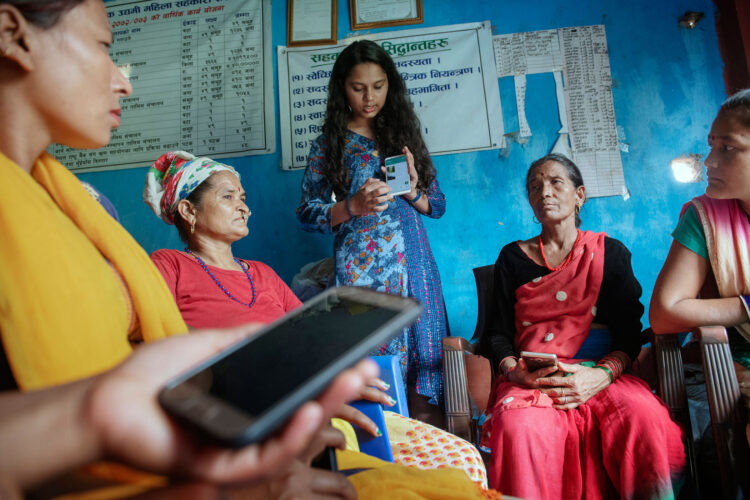As the world modernizes, remote farmers in Nepal are also embracing technological advancements for an opportunity to improve their livelihoods.
An Interactive Voice Response (IVR) service called Suchanako Sansaar, which means ‘World of Information,’ was launched in Sukhet, Nepal. It was initiated by the International Maize and Wheat Improvement Center (CIMMYT) in collaboration with the CGIAR and Viamo in June 2019. This innovation is a pioneer in connecting farmers directly to the entire market system, with the goal of helping them increase their bargaining power with buyers. It was inspired by Nepal’s former market system wherein farmers had limited access to information and heavy reliance on farm gate sales.
With Suchanako Sansaar, farmers find themselves in an empowered position to negotiate with buyers, which was previously constrained by middlemen. The service allows them to report their harvests and gain access to real-time information on prices. Moreover, the platform serves as a reservoir of information—offering IVR messages on best practices for crop cultivation, weather forecasts, and other essential information. The buyers also benefit from the IVR service. They can use the technology to find the freshest produce available and its location, enabling a faster route to the market. This streamlined process of matching farmers and buyers based on crop details and prices provides farmers with increased bargaining power and opportunities for higher income.
Technologies like IVR service represent a significant step towards solving economic problems faced by smallholder farmers in Nepal. Through these innovations, farmers in rural communities become more informed and empowered. But beyond that, it could potentially reshape the overall agricultural value chain in Sukhet and other farming communities with similar agricultural setups.
Reference: Consortium of International Agricultural Research Centers
Photo: © Panos picture
Note: This article is first published in CCComdev website and contributed by Sandra San Carlos.

